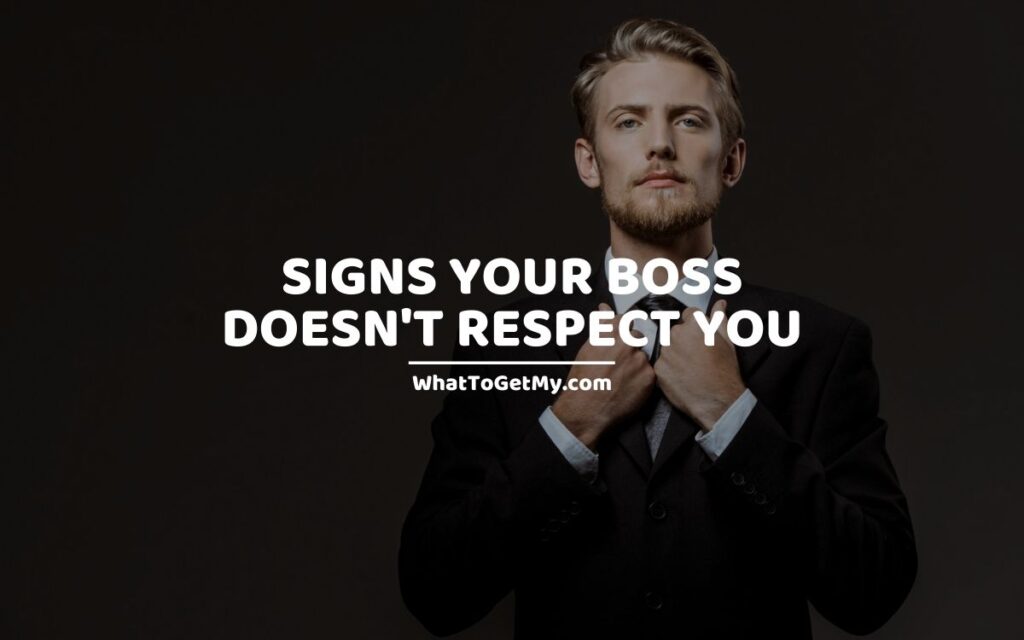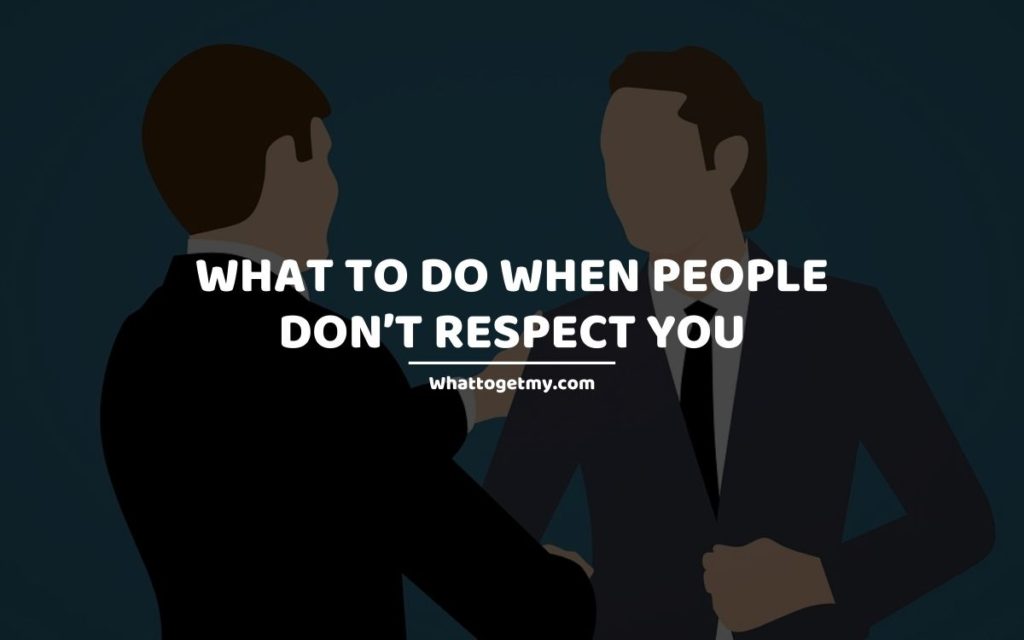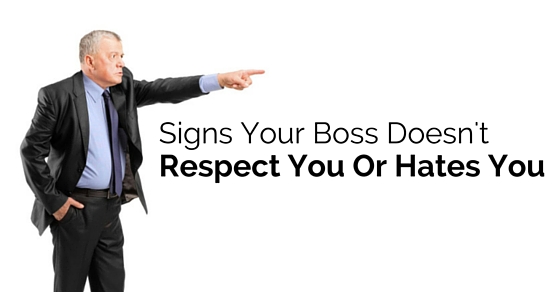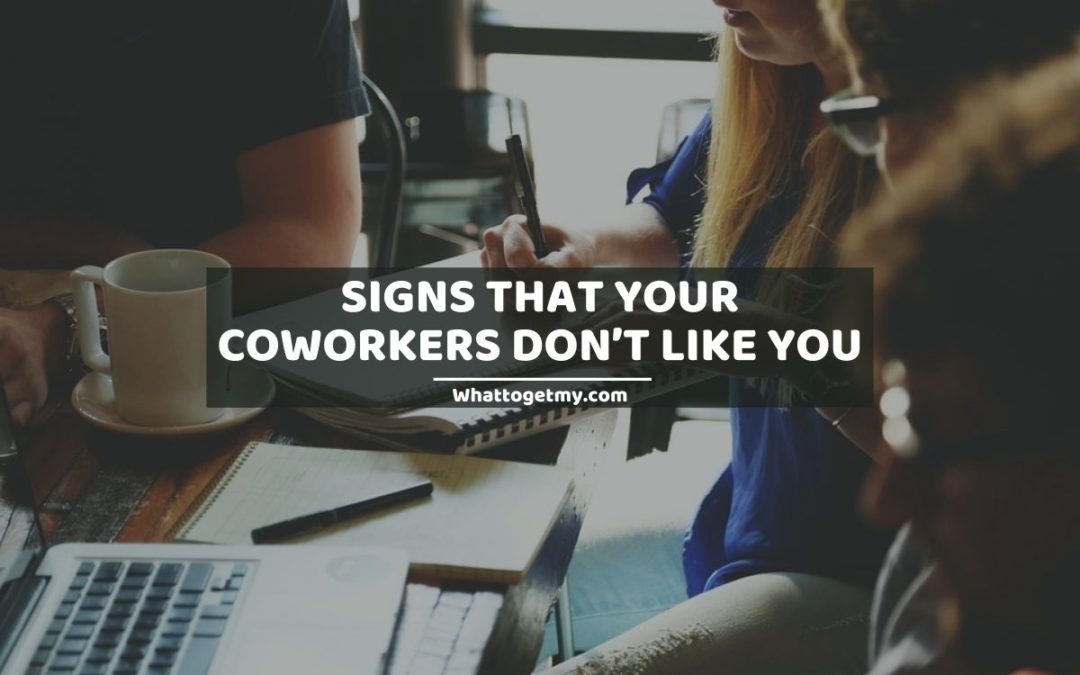When An Employee Doesn't Respect You

Employee disrespect can cripple workplace morale and productivity. Managers nationwide are grappling with a rising tide of insubordination, requiring immediate and decisive action.
This issue, documented in a recent SHRM (Society for Human Resource Management) study, reveals that 41% of employees have witnessed disrespectful behavior towards supervisors in the past year. This necessitates a proactive approach to managing workplace dynamics.
Identifying Disrespectful Behavior
Disrespect manifests in various forms. These include blatant defiance, passive-aggressive behavior, undermining authority, and spreading gossip.
Ignoring direct instructions, publicly criticizing decisions, or consistently arriving late without valid reasons all signal disrespect. Recognizing these early warning signs is crucial for effective intervention.
According to a survey by Gallup, companies with high employee engagement rates experience 23% greater profitability. Disrespectful behavior erodes engagement and damages the bottom line.
Root Causes of Disrespect
Understanding the 'why' behind the disrespect is essential. Common factors include perceived unfair treatment, lack of recognition, poor communication, or personal conflicts.
Some employees may feel their contributions are undervalued. Others might resent a perceived lack of transparency or inconsistent application of company policies.
Furthermore, generational differences and varying communication styles can contribute to misunderstandings. Addressing these underlying issues is key to resolving the problem.
Taking Immediate Action
The first step is to document every instance of disrespectful behavior. Maintain a detailed record of dates, times, specific actions, and any witnesses.
Next, schedule a private meeting with the employee. Clearly and calmly explain the unacceptable behavior and its impact on the team and the organization.
Focus on specific examples. Avoid generalizations or emotional accusations. The goal is to have a constructive dialogue, not a confrontation.
Implementing Corrective Measures
Depending on the severity of the offense, implement appropriate disciplinary actions. This may range from a verbal warning to a written reprimand or even termination.
Ensure that all disciplinary actions are consistent with company policy and applicable labor laws. Consult with your HR department to ensure compliance.
Furthermore, consider offering coaching or training to the employee. This can help them develop better communication and interpersonal skills.
Preventive Strategies
Proactive measures can significantly reduce the risk of disrespectful behavior. Establish a clear code of conduct that outlines expectations for professional behavior.
Promote open communication and provide regular feedback. This can help address concerns before they escalate into disrespectful actions.
Also, foster a culture of respect and inclusivity. Encourage teamwork, collaboration, and mutual support among employees.
Legal Considerations
It’s crucial to differentiate between disrespect and protected forms of expression. Criticizing management decisions, while potentially uncomfortable, may be protected under labor laws if related to working conditions.
Harassment or discrimination based on protected characteristics (race, religion, gender, etc.) requires immediate and decisive action. Ignoring such behavior could expose the company to legal liability.
Consult with legal counsel to ensure compliance with all applicable laws and regulations. This will minimize the risk of legal challenges.
Ongoing Developments
The EEOC (Equal Employment Opportunity Commission) is actively monitoring workplace conduct. They emphasize the importance of creating a respectful and inclusive work environment.
Companies are increasingly investing in training programs focused on diversity, equity, and inclusion. These programs aim to promote understanding and prevent disrespectful behavior.
The situation is evolving. Businesses must remain vigilant and adapt their strategies to address the ever-changing dynamics of the modern workplace.


















